Proposal to End Domestic Quarantine for Emerald Ash Borer
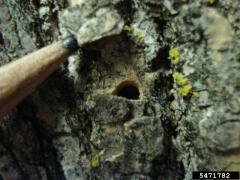
USDA APHIS is proposing to end the federal emerald ash borer (EAB) quarantine. As indicated in the announcement below, USDA is taking comments on the proposed “deregulation”.

USDA APHIS is proposing to end the federal emerald ash borer (EAB) quarantine. As indicated in the announcement below, USDA is taking comments on the proposed “deregulation”.

European spindle tree (Euonymus europaeus) is a member of the spindle tree family (Celastraceae), which includes species that are also invasive to North America like burning bush (Euonymus alatus) and Asiatic bittersweet (Celastrus orbiculatus). Species within the spindle tree family are woody shrubs or woody vines, all which have brightly colored flesh (arils) around the seeds ranging from reds to oranges. These fruits appear on the European spindle tree in the late summer and early fall.
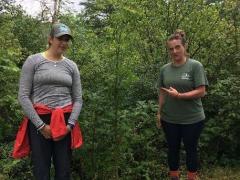
In mid-summer, Vermont starts to see a wave of yellow flowers bloom along roads, fields, meadows, and trails. This plant is called Wild Parsnip (Pastinaca sativa) and is similar in appearance to Queen Ann’s Lace (Daucus carota). Wild Parsnip is a member of the carrot family (Apiaceae), and is currently considered taxonomically indistinct from the common garden parsnip.
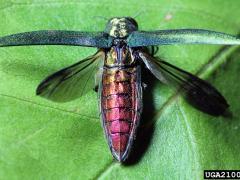
Officials say the invasive pest the emerald ash borer has been found in the southern Vermont town of Stamford. The location is within five miles of a location in North Adams, Massachusetts, where the insect was also recently discovered.
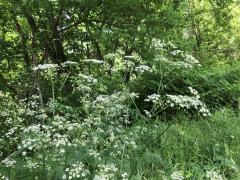
Many invasive plants in Vermont start blooming in May. Keep an eye out for one obvious bloomer this time of year, Wild Chervil (Anthriscus sylvestris), or also commonly called “cow parsley”. This invasive plant can be seen alongside roads, and is notable in our rolling Vermont fields. This is a biennial herbaceous plant within the carrot family, Apiaceae. In Vermont, there are two introduced Anthriscus species documented outside of cultivation, and include Wild Chervil and its close relative, Garden Chervil (Anthriscus cerefolium). The name, Chervil, comes perhaps from Latin and Greek roots, collectively meaning “leaf to enjoy”.
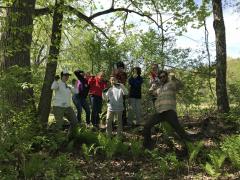
The floodplain forest in Richmond rang out with the excitement and hard work of 50 5th graders. In teams, the students worked to remove a non-native invasive plant—honeysuckle. Their ranks were led by community volunteer, Jon Kart, and the team members of VT Forests, Parks & Recreation’s Invasive Plants Program (VTIPP).
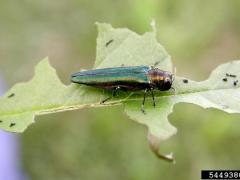
The invasive tree-killer that’s alarming Vermont forestry officials could cost the town of Hartford alone hundreds of thousands of dollars, according to early projections by Tree Warden Brad Goedkoop.